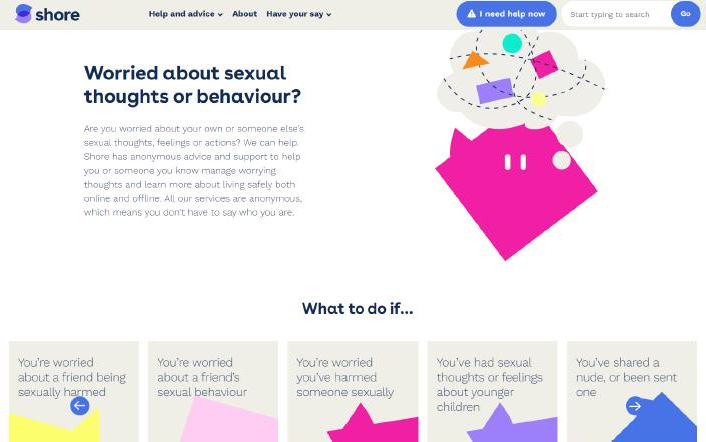Displaying problematic or harmful sexual behaviour is most commonly a symptom of the child’s own trauma or experiences of abuse and this needn’t be their life story.
As professionals we have a duty to identify, respond and support the child to stop and to protect other children from the behaviour.
We do not know the true number of children and young people affected by harmful sexual behaviour (HSB). HSB covers a wide range of behaviours, many of which do not come to the attention of authorities. However, some attempts to estimate the prevalence of HSB have been made using data from children’s self-reported experiences of sexual abuse by other children and services which work with children who display HSB.
We can estimate that around a third of child sexual abuse is by other children and young people.
Statistics about harmful sexual behaviour | NSPCC Learning Key findings from the data:
• There is some cross-over between online and offline HSB and between child sexual exploitation and HSB.
• Harmful sexual behaviour is most commonly identified in adolescent boys, but girls and younger children can also display HSB.
• A significant proportion of children who display HSB also have a learning disability.
• The majority of children who display HSB have themselves experienced trauma, including abuse or neglect.
• The majority of children and young people displaying HSB do not become sexual offenders as adults.
• Young people who display HSB often experience other emotional, behavioural and peer related difficulties.
Recent analysis of recorded crimes of child sexual abuse and exploitation provides further evidence of increasing trend of harmful sexual behaviour amongst children and young people
Child Sexual Abuse and Exploitation Analysis Launched (npcc.police.uk)
The CSA Centre of Expertise has produced an excellent set of resources for education settings which can be found here:
Resources for education settings | CSA Centre

BROOK Sexual Behaviours Traffic Light Tool

The tool categorises sexual behaviours into green, orange and red light categories and gives examples for different age groups. This helps you to make consistent and informed decisions and have meaningful conversations about appropriate sexual behaviours.
The tool helps you understand appropriate behaviours for different age groups but it is also important to take into account the developmental age and ability level of the child or young person (and others involved) as well as the location, frequency and nature of the behaviour.
Our Traffic Light Tool supports you to:
Identify behaviour and establish if sexual behaviour is typical or developmentally appropriate, problematic or harmful.
Understand what that behaviour is communicating and why the child or young person may be exhibiting the behaviour.
Respond appropriately, considering how the type of response will depend on what’s motivating the behaviour, what the behaviour is communicating and the severity of the behaviour.
It’s important to be able to distinguish developmentally typical sexual behaviours from those that may be problematic or harmful, and make sure children get appropriate support.
Hackett’s continuum presents sexualised behaviour as a range from ‘normal’ to ‘inappropriate’, ‘problematic’, ‘abusive’ and ‘violent’ (Hackett, 20101).

A dedicated safe space for teenagers worried about sexual behaviour.
ShoreSpace
